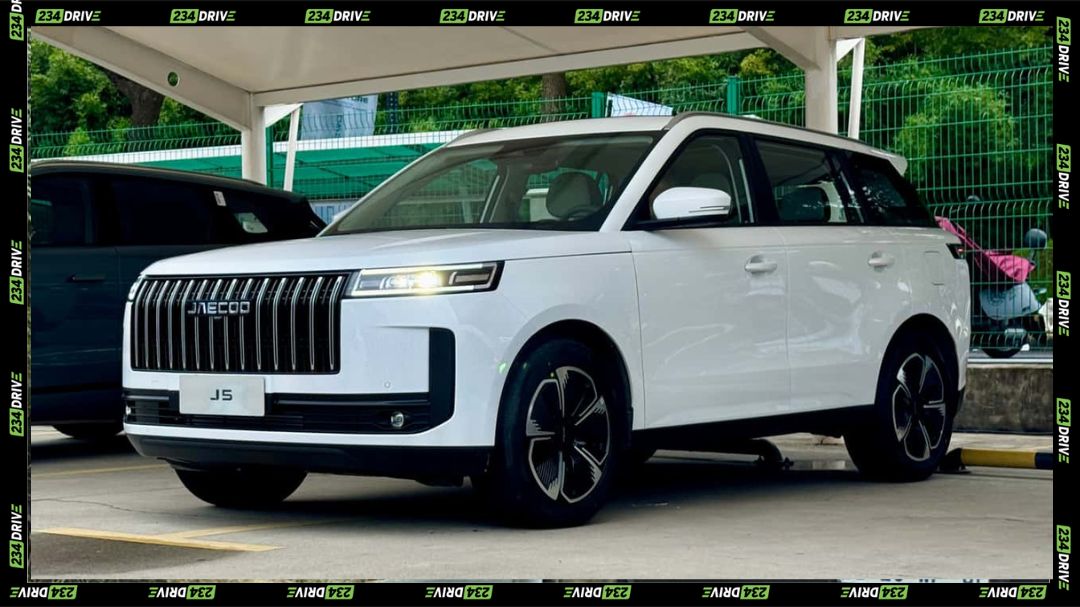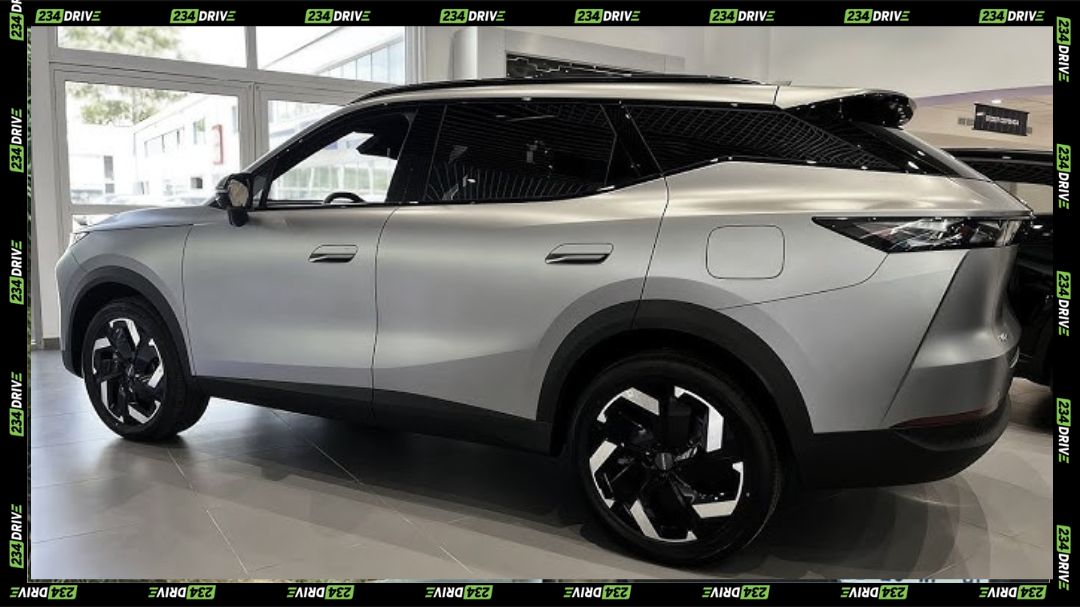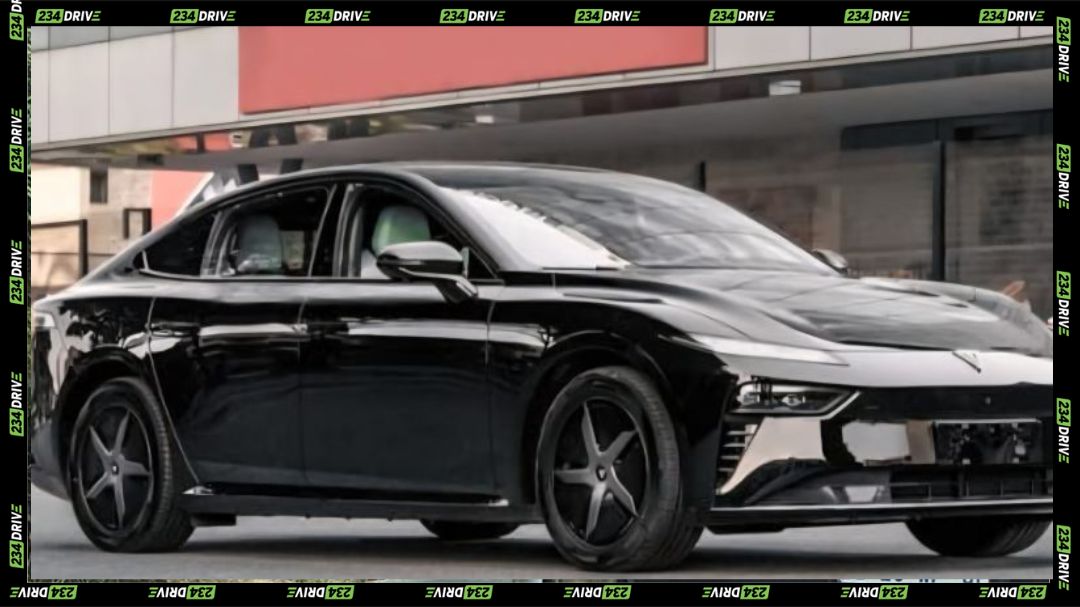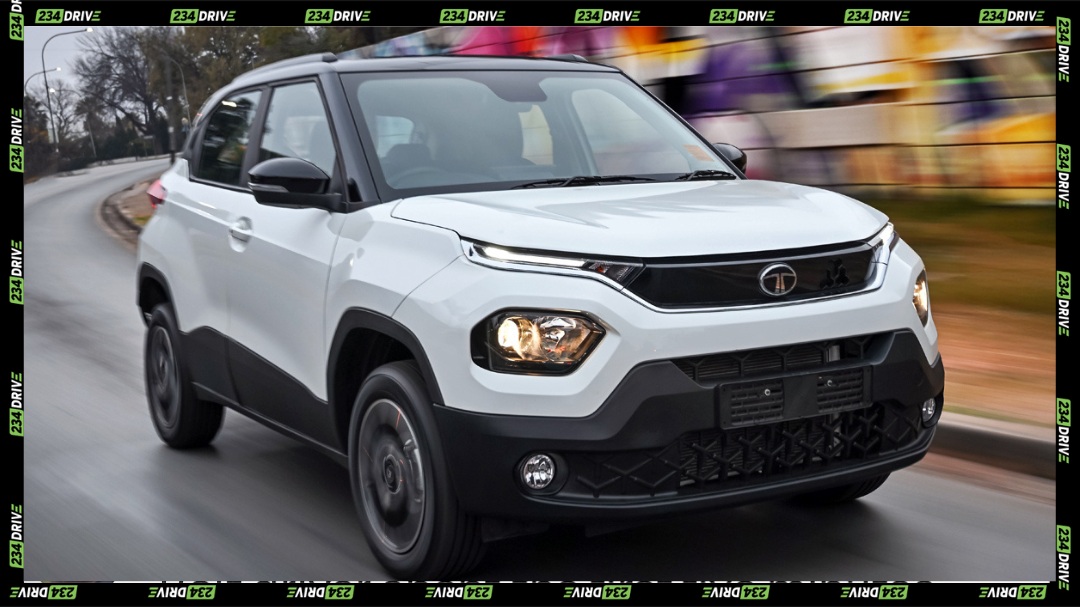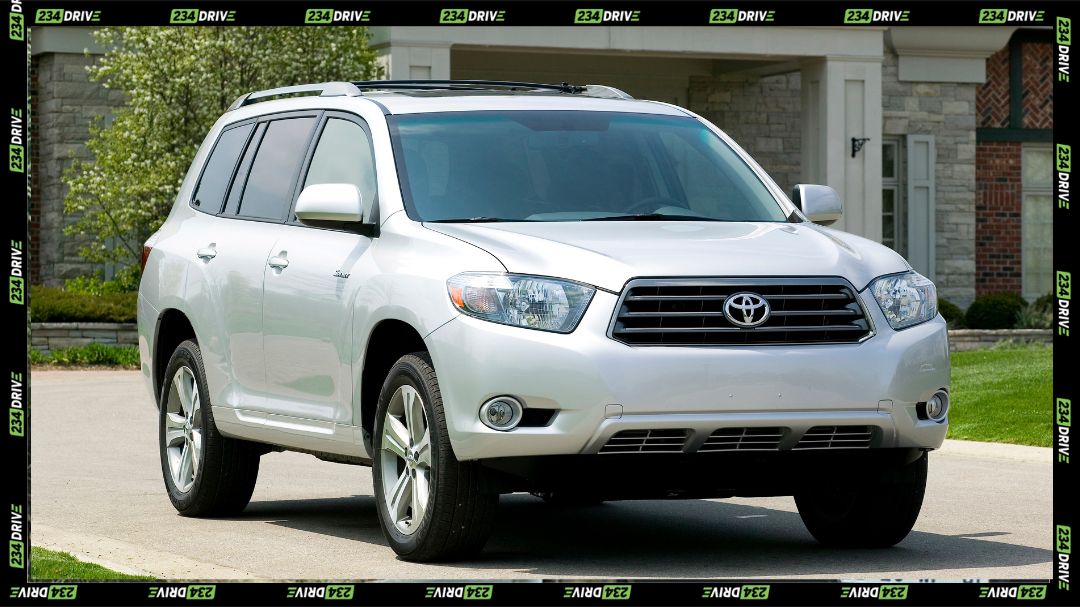Chevrolet Bolt EV is back, aimed squarely at buyers who want an electric car under thirty grand without waiting for rebates or gimmicks. GM confirmed the comeback in October 2025 and started pre‑production at Fairfax Assembly in Kansas soon after, with full ramp late 2025 and first customer deliveries targeted for early 2026. No splashy November 11 reveal, just a measured restart engineered to hit a price the market still cares about.
The strategy is simple: keep the headline price low and the running costs lower. The 2027 Bolt opens around $29,000, with early units closer to $29,990 and better‑equipped RS trims nudging the mid‑thirties. That sticker makes it one of America’s cheapest new EVs even as federal incentives wobble. GM is not promising broad tax‑credit eligibility; the plan is to win without it. That matters after the stop‑start of incentives and shifting battery‑sourcing rules. If credits return, it’s upside. If they don’t, the value story still stands.
Powertrain and battery choices back up the brief. The car uses an LFP pack of roughly 65 kWh. Expect about 255 miles of range, consistent performance in hot and cold, and long cycle life. DC fast charging tops out near 150 kW, a clear step up from earlier Bolts. AC charging sits at 11.5 kW for overnight home top‑ups. The native NACS port removes adapter drama, and bidirectional power lets you run essentials at home if needed. The result is a commuter that handles real‑world charging without a learning curve and without the price bloat of oversized packs.
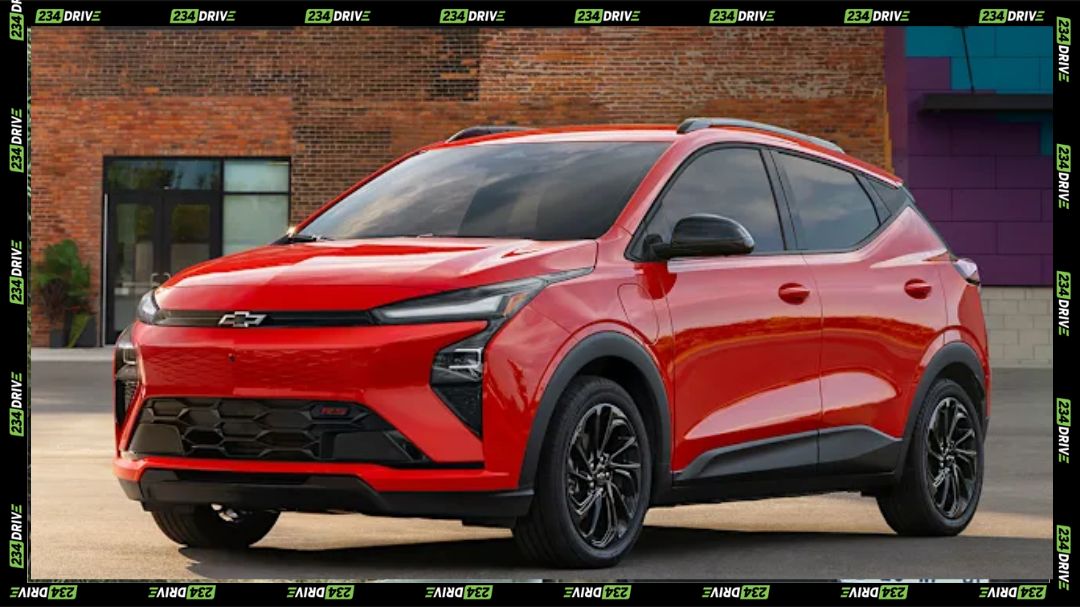
GM is building this like a product, not a science project. Fairfax Assembly carries the load, starting with a single shift and room to flex if demand bites. To move fast, GM is blending domestic manufacturing with global battery supply for the initial wave, then tightening localisation as new LFP capacity comes online. That’s not a purity test, it’s a speed‑to‑market call. The trade‑off is obvious: rapid cost control versus narrower eligibility for incentives tied to domestic content. For buyers, the question is simpler: does the out‑the‑door price and total cost of ownership beat petrol crossovers and entry EV rivals? Often, yes.
Inside, the car drops the legacy phone‑mirroring checklist and leans into Google’s built‑in AI. Some will miss Apple CarPlay or Android Auto mirroring. Others won’t care if the native apps are fast and the voice commands work. Super Cruise appears on upper trims, adding hands‑free capability on mapped roads. Core safety techAEB, lane‑keeping, blind‑spot, rear cross‑traffic comes standard. Cabin packaging stays honest to the original Bolt brief: compact outside, useful cargo and rear legroom inside. It’s not trying to be an off‑roader or a luxury lounge. It’s a city‑suburb tool that punches above its weight on practicality.
Context matters. The first‑gen Bolt proved that a range of over 200 miles for an agreeable price could be sold. It stumbled with battery recalls, then bowed out as GM chased bigger Ultium launches. The market has changed since: adoption slowed, buyers want deals, and infrastructure headlines outpace on‑the‑ground reality. Bringing Bolt back shows GM is reading the room—leading with value, reducing friction, and rebuilding trust with a familiar nameplate that now charges faster and can even power your home in a pinch.
There are limits. Supply could be tight at launch if GM holds volumes conservative. The range number won’t wow spec chasers who want 300+ miles. And the policy side is volatile: re‑written guidance on “foreign entity of concern” rules can swing eligibility month to month. But the bet here isn’t regulation. It’s fundamentals, price, durability, and ease of use.
The bigger picture is where this gets interesting. An affordable LFP EV with NACS, decent range, and bidirectional power gives fleets and households a predictable cost curve. It also pressures rivals to trim fat from entry models. If GM executes on build quality, parts flow, and software updates, the Bolt can be the default first EV for thousands of households in 2026–2027. If not, the segment’s Koreans and upstart Chinese imports will happily take that role as rules allow.
Call this a reset, not a halo. Chevrolet Bolt EV returns to solve real transport problems at a fair price. That’s how adoption grows one driveway at a time, one electric school run at a time, one monthly budget that finally adds up.


